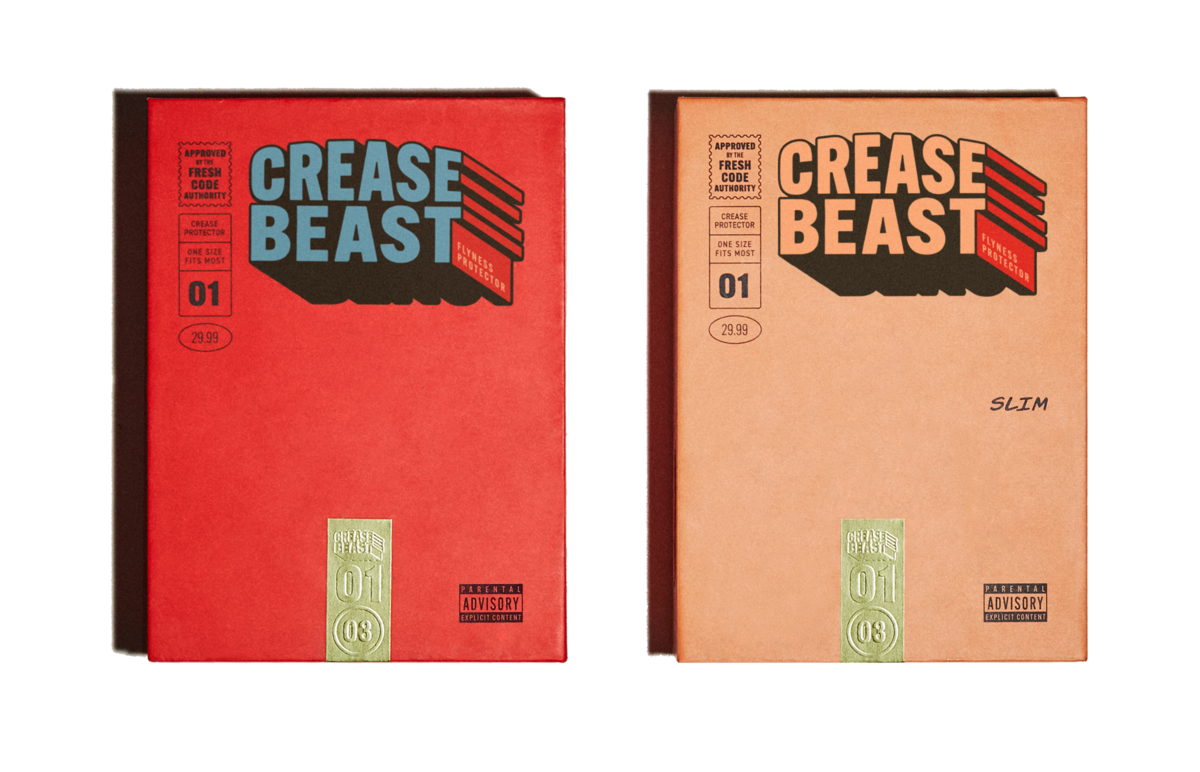Crease Prevention for Different Shoe Styles
When it comes to maintaining the pristine condition of your shoes, proper crease prevention is essential. A pair of shoes that is free of unsightly wrinkles not only enhances your overall appearance but also extends the lifespan of your footwear. In this article, we will explore the key factors that impact crease prevention for different shoe styles, providing you with valuable insights on how to care for your beloved footwear.
Understanding Crease Prevention
Crease prevention involves adopting a set of practices and techniques that aim to minimize creases or wrinkles on the surface of your shoes. Different shoe styles require distinct approaches to achieve optimal crease prevention. By carefully considering the design, material, and usage of your shoes, you can significantly reduce the occurrence of creases and maintain their pristine appearance for longer.
Shoe Care and Leather Maintenance
Proper shoe care is integral to crease prevention. Regular cleaning, conditioning, and polishing of your shoes not only enhance their appearance but also keep the leather supple and resistant to creasing. Investing in high-quality shoe care products and following manufacturer's instructions ensures that you are effectively protecting your shoes against creases and other forms of damage.
Factors Influencing Crease Prevention
Several factors impact the susceptibility of different shoe styles to creasing. Here are some of the key considerations:
- Shoe Design: Shoes with sleek, elongated toe boxes, such as oxfords and loafers, are more prone to creasing compared to styles with roomier toe boxes, such as sneakers or boots.
- Material: Different materials have varying degrees of resistance to creasing. For example, full-grain leather tends to develop fewer creases compared to suede or synthetic materials.
- Usage: The frequency and intensity of use also play a role in crease prevention. Shoes that are worn for extended periods or subjected to rigorous physical activity are more likely to develop creases.
Tradeoffs and Challenges
It is important to note that while some creasing is inevitable, excessive creasing can be minimized through careful shoe selection and maintenance. However, it is crucial to strike a balance between crease prevention and the natural flexibility and comfort of your shoes. Over-stiffening or neglecting proper footwear care can lead to discomfort and compromise the overall integrity of your shoes.
The Impact of Crease Prevention
Crease prevention not only improves the aesthetic appeal of your shoes but also contributes to their longevity. By minimizing creasing, you reduce the risk of cracks, tears, or permanent deformations in the leather. This, in turn, extends the lifespan of your favorite pair of shoes, allowing you to enjoy them for years to come.
Conclusion
In conclusion, crease prevention for different shoe styles requires careful consideration of various factors, including shoe design, material, usage, and proper shoe care. While achieving a completely crease-free shoe may be unrealistic, implementing the right practices can significantly reduce creases and prolong the life of your footwear. By maintaining a balance between crease prevention and comfort, you can enjoy both style and practicality in your shoe collection.
